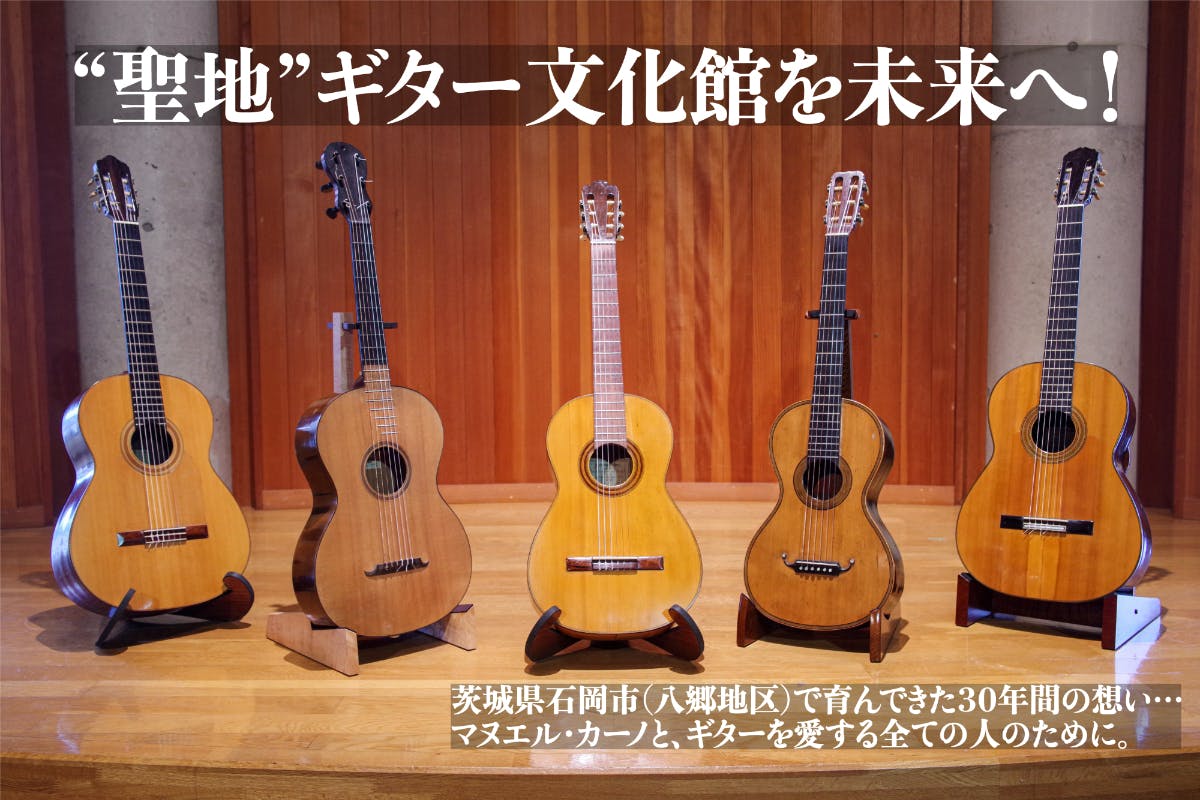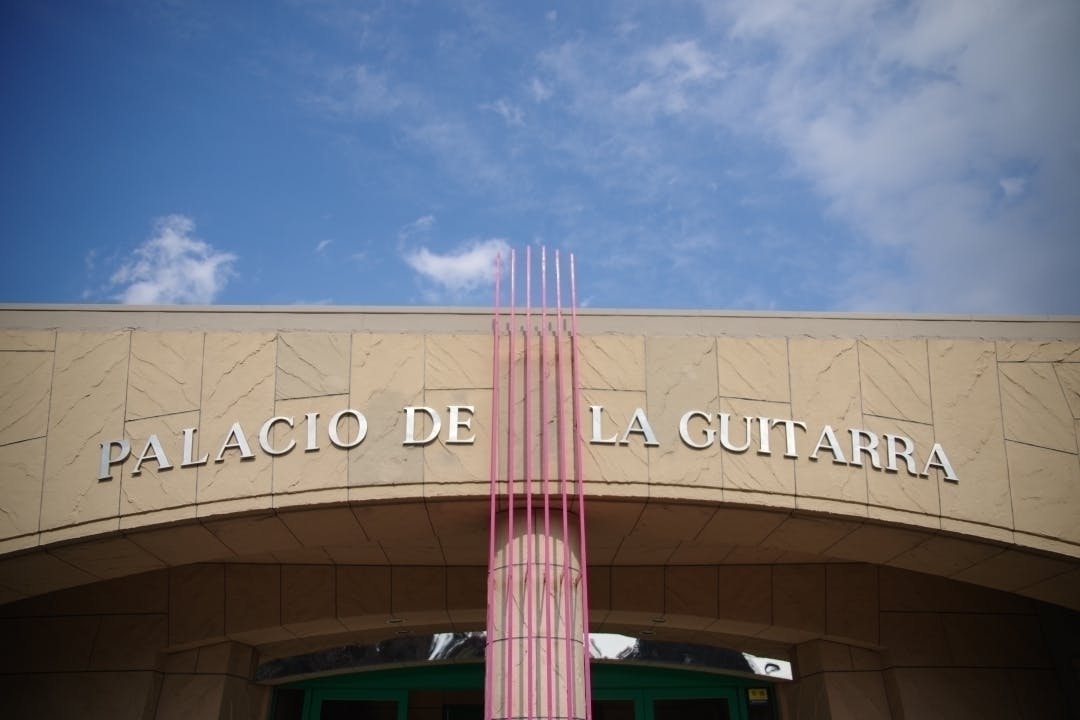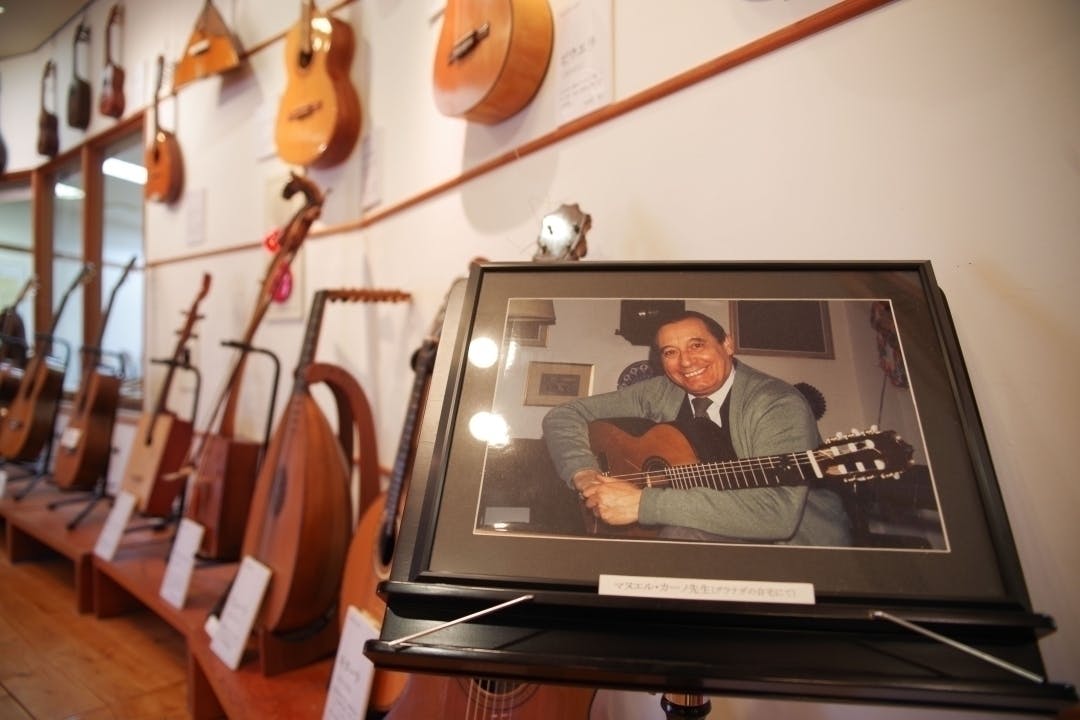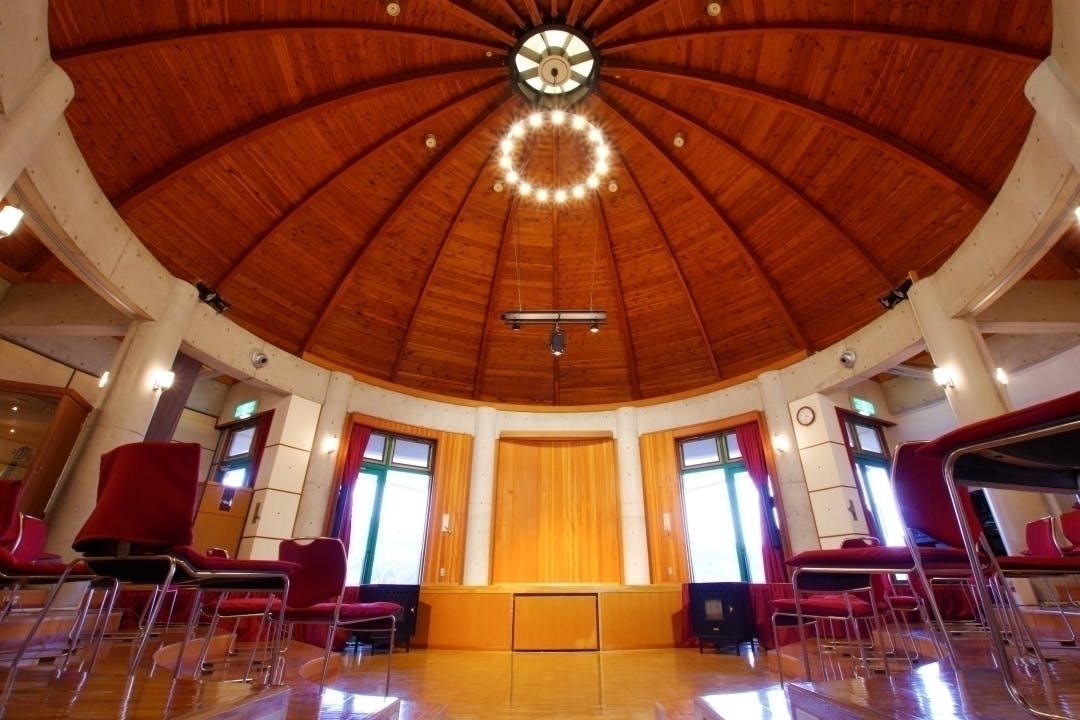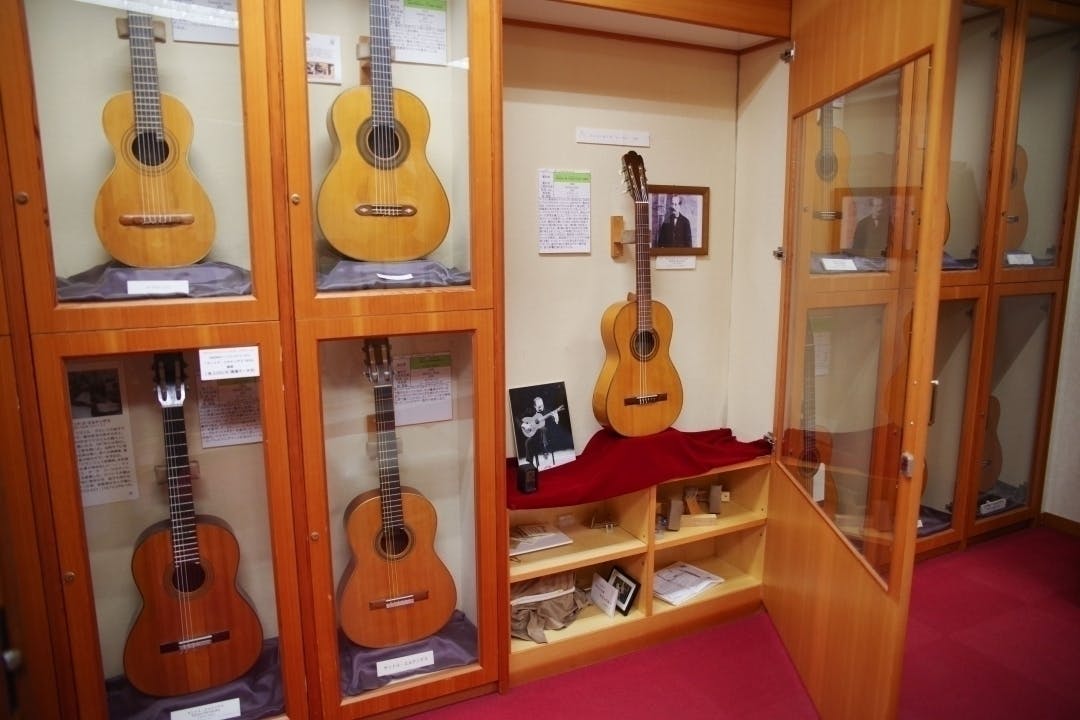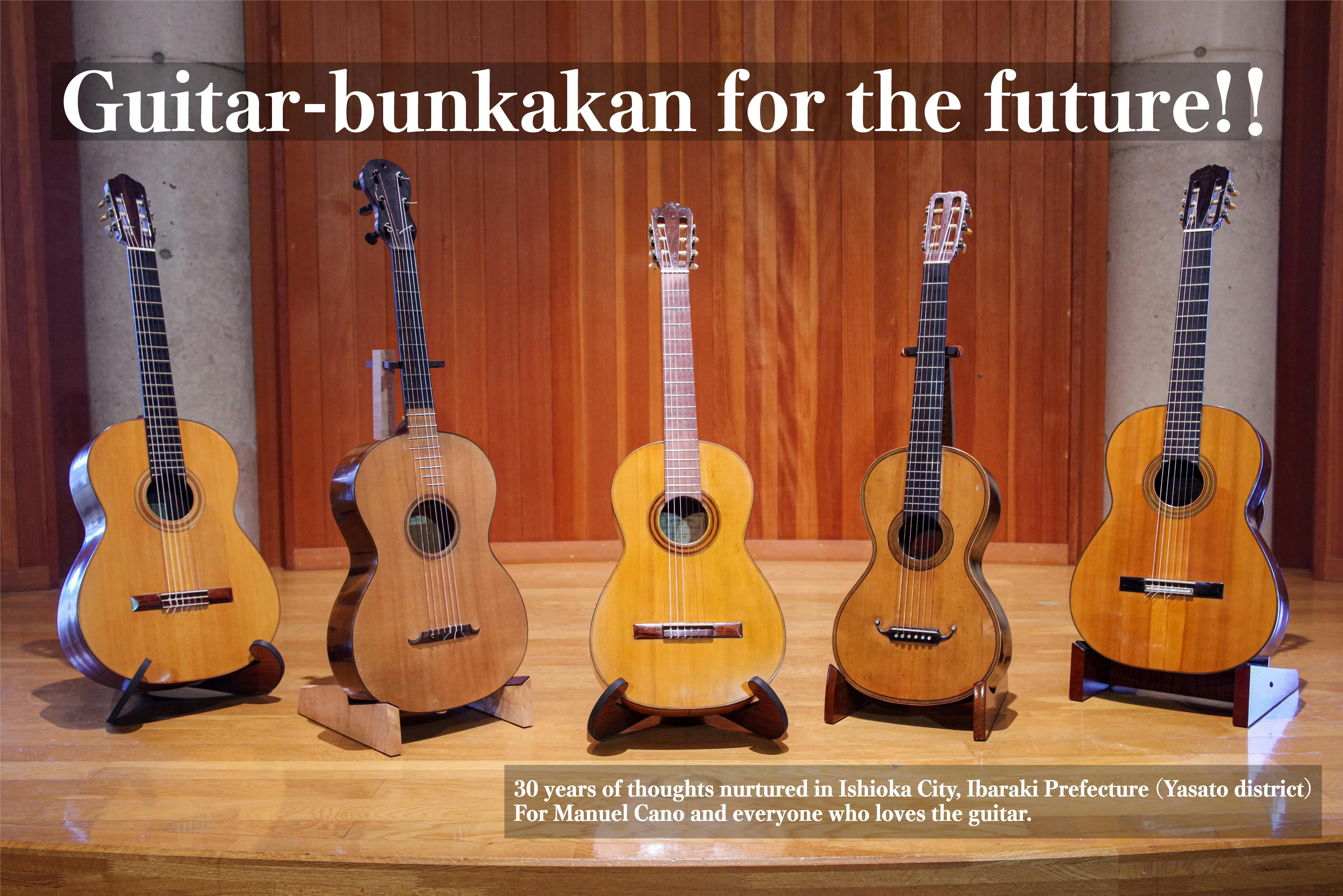
Please support the continuation of the "Sacred Place" Guitar Culture Museum.
To protect and maintain a sacred place for the guitar that is in operational crisis.
The Guitar Museum was built on a small hill in Ishioka, Ibaraki, in 1992 by Tokyo Rohon as the world's first "Guitar Museum.
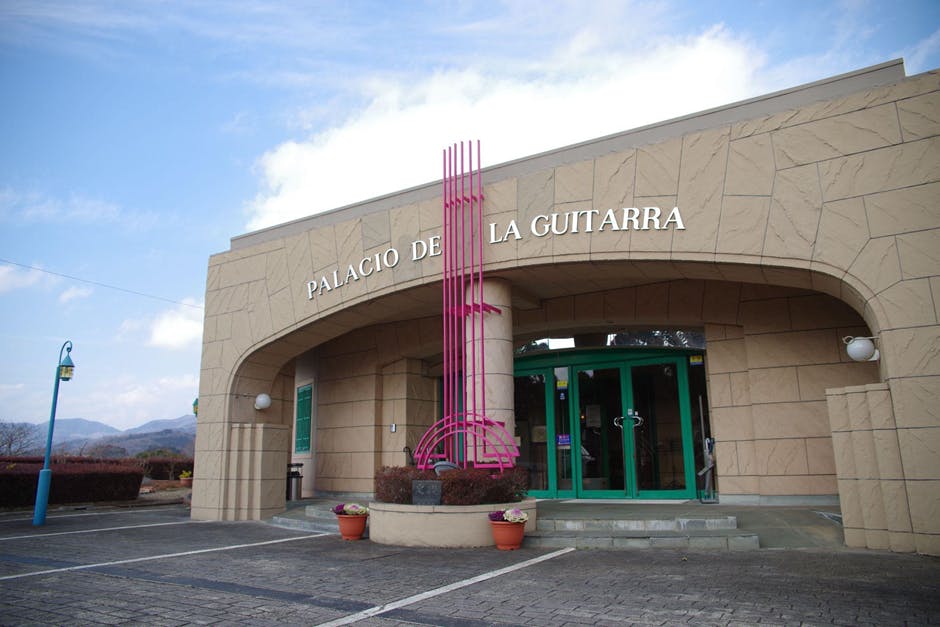
The museum exhibits a valuable collection of historical Spanish guitars and stringed instruments from all over the world, as well as many related books, sheet music, and other materials.
This is a wonderful place where you can enjoy the beautiful satoyama scenery that changes from season to season, the delicious air, and a superb musical experience at the same time.
The hall is loved by many people in and outside of the prefecture, as well as in and outside of Japan, as a place where people who play, create, love, and enjoy music can interact with each other, regardless of whether they are professional or amateur guitar players, and is now called a "sacred place for guitars".
Once lost, it is difficult to restore it to its former glory, but we need your help to maintain it for future generations.
Please support us in this endeavor.
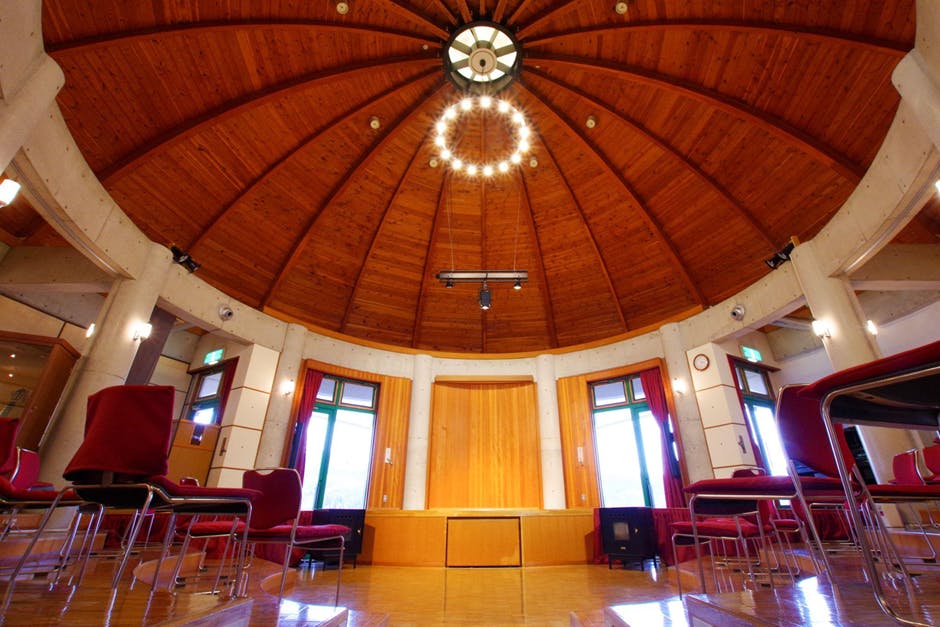
First of all
Hello. My name is Yuriko Ikeda, Director of the Guitar Museum.
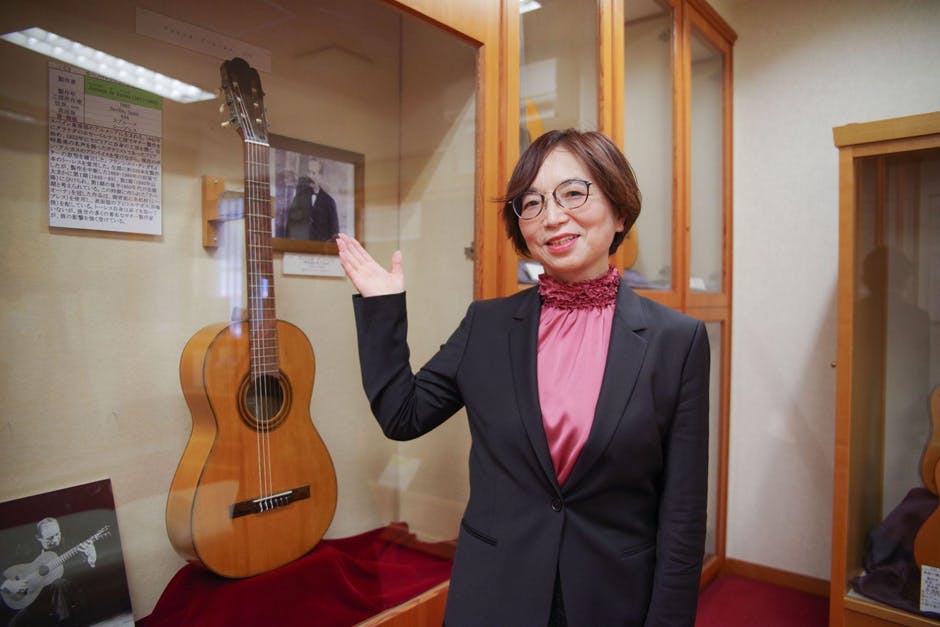
This is my first attempt at crowdfunding.
This crowdfunding is not a one-time, transient request for emergency support, but rather a chance to think about how the Guitar Museum should be managed in the future.
We intend to use this project as an opportunity to build a new structure that will allow us to connect with those who support the museum and whose thoughts we value and whose support we can offer.
In the future, we will strengthen our ongoing relationship with you, stabilize profitability by introducing a subscription model that improves convenience, archive the performances of artists who come to Guitar Museum from Japan and abroad, utilize YouTube, which is expected to be profitable in the medium to long term, and build a system that is closer to our visitors than ever before.
The Guitar Museum is such an institution
How the Manuel Cano Collection came to be owned
The Guitar Museum would not be complete without Manuel Cano (1925-90), the great flamenco player born in Spain.
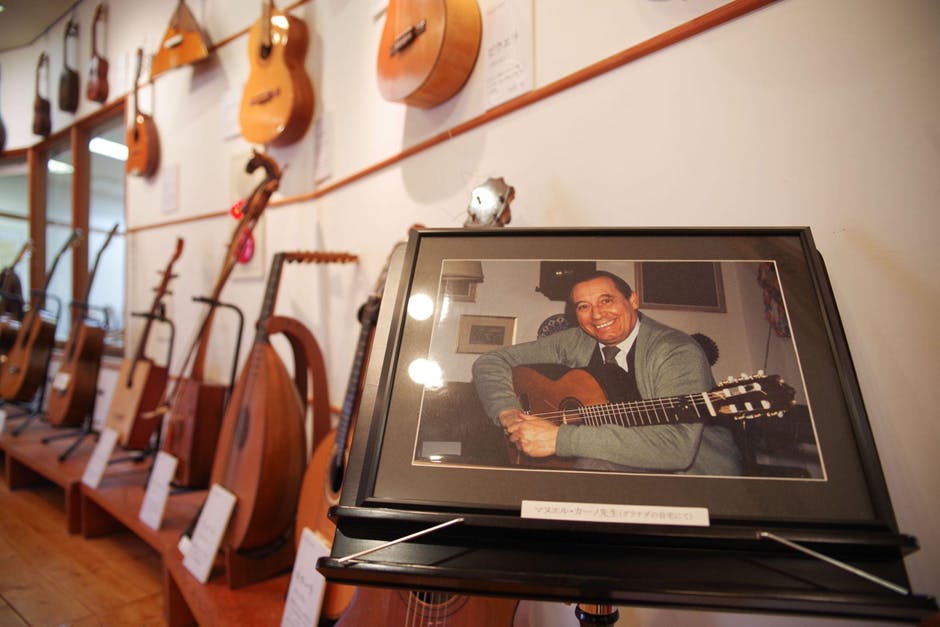
Mr. Cano was an internationally active musician who released numerous records, held a flamenco guitar course at the University of Cordoba, and was active in performing, performing, and writing about flamenco guitar.
Since his first visit to Japan in 1974, he has given three concerts in Japan in 1983, 1986, and 1988 (invited by Rohon), and at each performance, many audiences were moved to tears by his artistic performances, which exuded an inner passion, and they felt his rich humanity in his playing.
After his death from heart disease in January 1990, the "Manuel Cano Music Foundation" was born, which was succeeded by the "ICG (International Guitar Culture Exchange Group)," the predecessor of the Guitar Culture Museum, leading to the birth of the Guitar Culture Museum in November 1992.
The museum was created as a place for guitar lovers to interact with each other, to further promote guitar culture as well as a hall of fame for the collection of 18 valuable Spanish guitars that Mr. Carnot had collected over the years and donated to Tokyo Rohon.
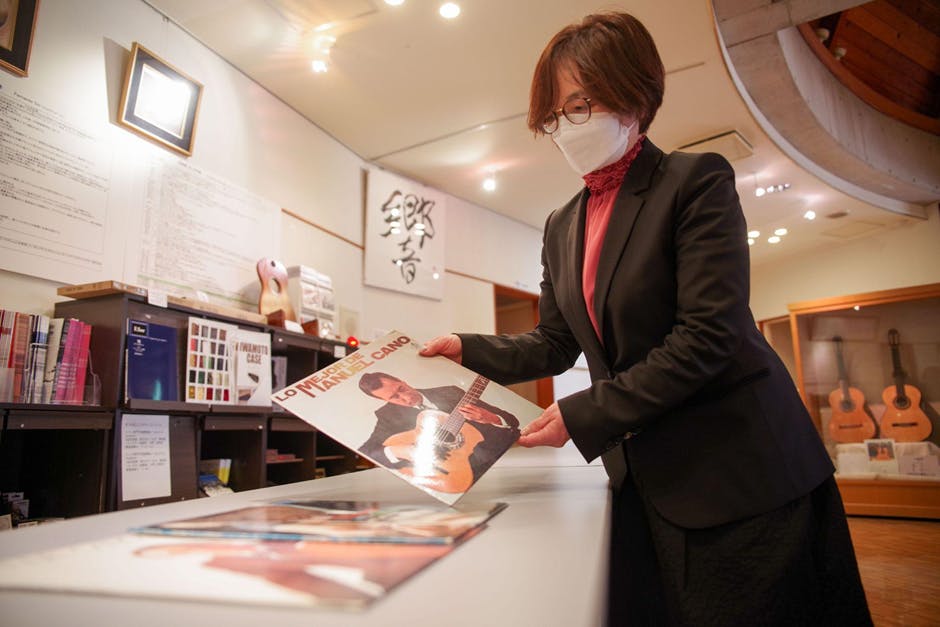
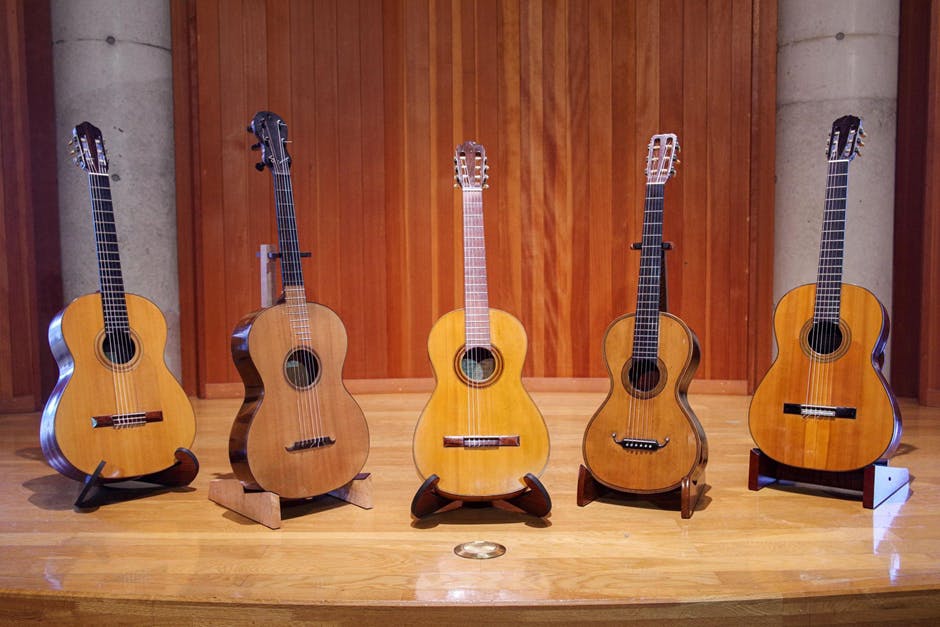
A special hall that resonates well
The domed ceiling of the hall is entirely covered with spruce, a type of guitar wood, making the entire building look like a musical instrument. Visitors can play and listen to guitars within guitars.
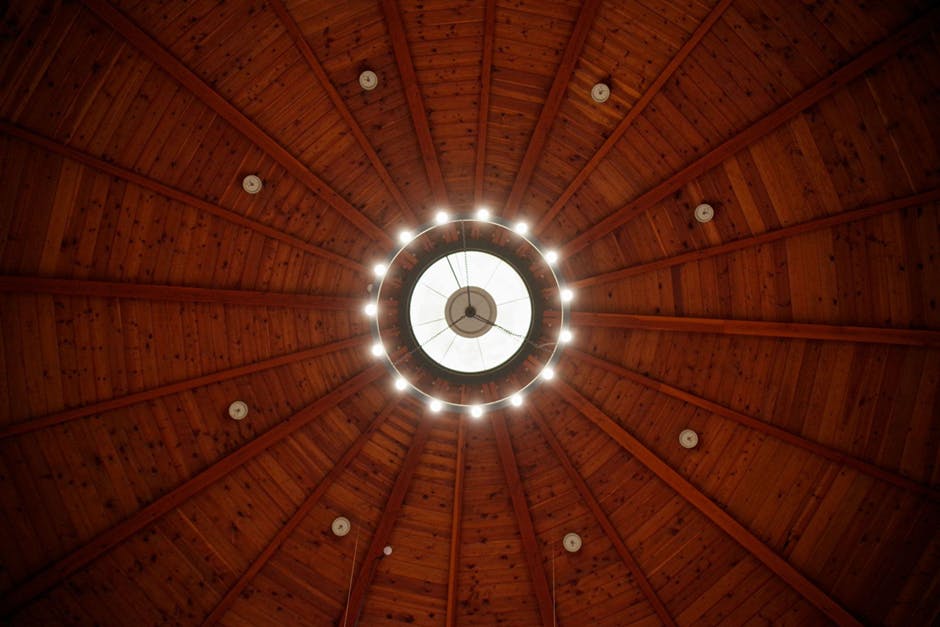
Since its opening, the museum has hosted performances by famous guitarists from Japan and abroad, as well as performances at rental venues, weekend museum concerts that can be enjoyed casually, senior guitar competitions that attract enthusiasts from all over the country, private lessons, lectures, practice sessions and events, mini-concerts for preschool children that help with emotional education, and performances by promising young guitarists. We have been actively developing support activities, etc. The operation of the Guitar Museum is made possible through the dedicated efforts of volunteers and enthusiasts, including local residents.
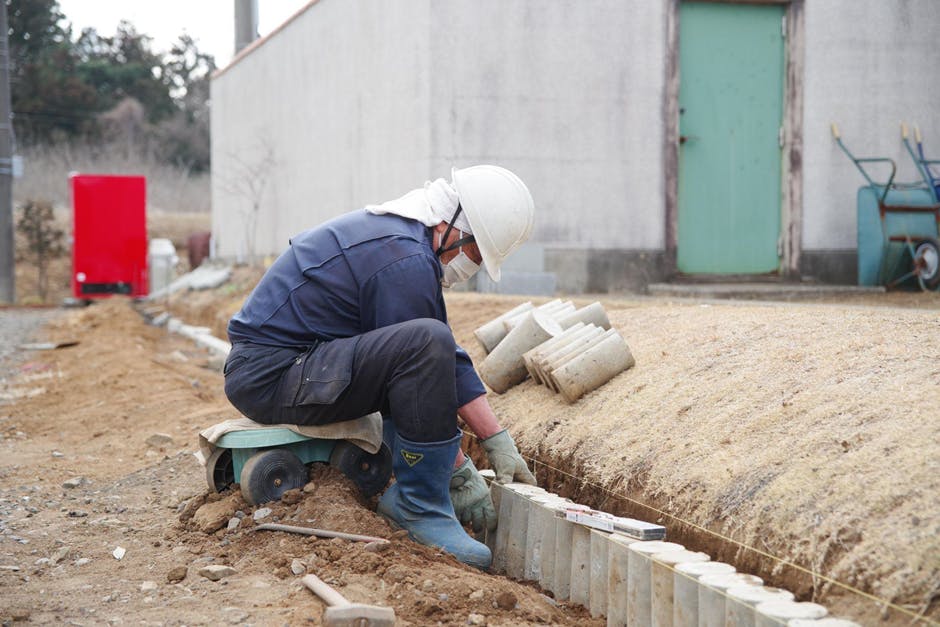
Many visitors come from within the prefecture as well as from outside the prefecture. In addition to events and concerts, visitors come to the museum on weekdays for group tours, and on weekends they stop by for a quick visit on their way home from a road trip.
We sometimes receive comments such as, "I was surprised to see an amazing guitar and a wonderful hall in such a rural area. Many visitors come back to listen to our concerts after their visit.
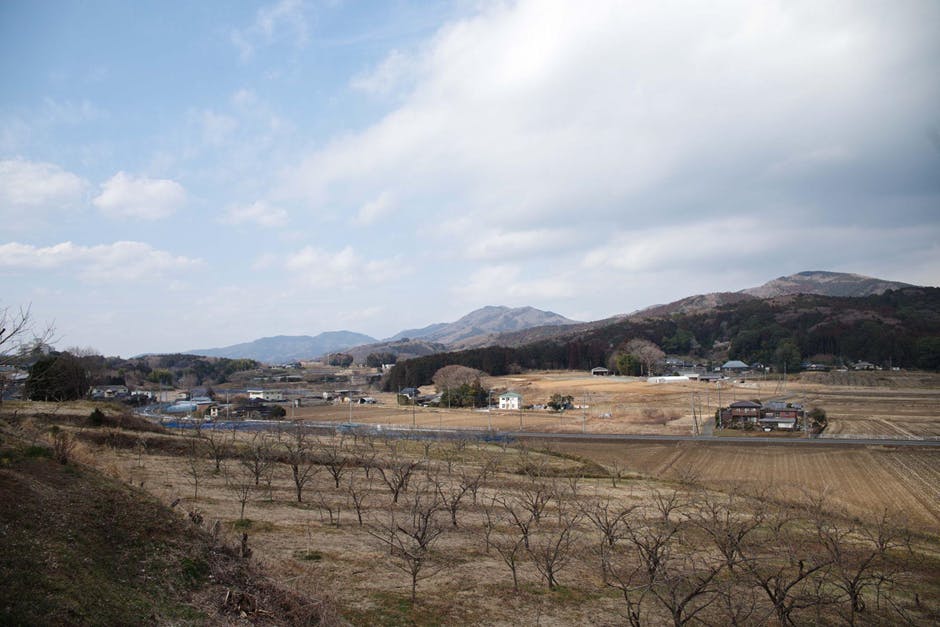
After the devastating impact of the new coronavirus infection
To prevent the spread of the new coronavirus infection that began in 2019, repeated emergency declarations were issued, each time forcing the Museum to cancel/postpone/close various activities.
After the declarations were lifted, events that could be held were resumed with the limited number of participants and all possible measures taken to prevent infection, private lessons were switched to online, and guitar practice sessions for ensembles of several people and guitar-related lectures were held by moving the venue from a conventional room to a larger hall. The number of group and individual visitors dropped sharply, and most of the rental venue events were canceled or postponed.
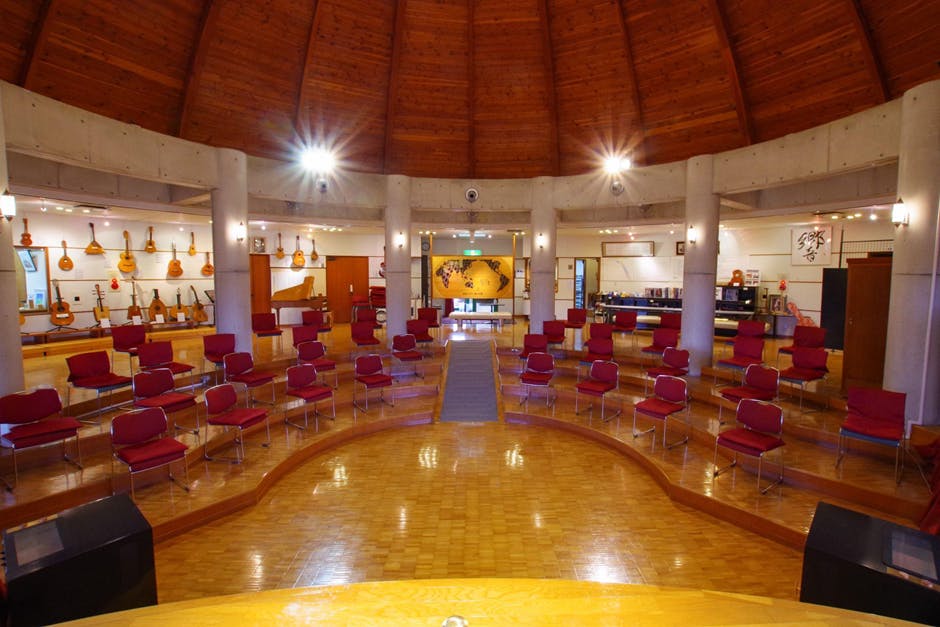
Currently, the number of visitors to the museum for events and concerts is less than half of the previous year's total, due to operations that take infection prevention measures as their priority. Most group tours have been canceled, and individual tours have been opened and closed repeatedly while monitoring the infection situation.
The spread of the new coronavirus has had a severe impact on Tokyo Rohnetsu, the main body of the organization, and it is currently in a difficult situation due to the rapid deterioration of its business environment. Since the Guitar Museum has been dependent on Tokyo Labone for facility maintenance costs since its opening, if this situation continues, it will become difficult to continue the operation of the Guitar Museum.


